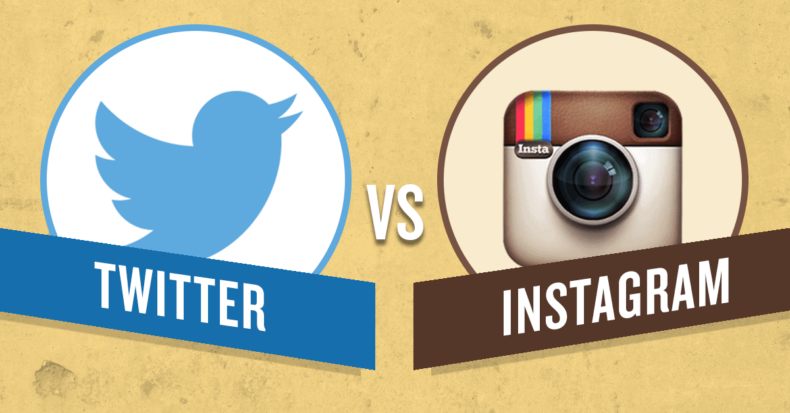With 353.1 million and 1 billion monthly active users (MAUs), respectively, Twitter and Instagram have carved out a distinct space in the social media universe. Notwithstanding Facebook, with a massive following of 2.60 billion active users, they are the latest favourite social media for users belonging to the 18-34 demographic.
Instagram and Twitter differ as well as overlap in terms of their purposes, but both focus on the same demographic of young people. Instagram, a photo-sharing app, is known for its ability to grab the user’s attention.
It does not allow provisions for hyperlinks that can redirect the user to a different website. The app thus captures 100% of the user’s attention. It focuses more on the created content rather than the creator-user interaction.
On the other hand, Twitter is a site where users “keep up with the world”. There is a substantial emphasis on live updates, with more space for links to blog posts and news sites.
Twitter is more significant as an app that curates news and ideas and leads people to other domains of their interests.
Limiting the length of each tweet to “280 characters or less”, the app focuses on the audience’s interaction with the posted content.
As for its targeted demographic, users belonging to the age group of 18-24 dominate both Twitter and Instagram.
According to Statista, 50.5% of Twitter users fall into this age group. Further, a Pew Research study in the US establishes Instagram’s popularity among 18 to 24-year-olds.
While young people exclusively dominate Instagram, Twitter’s user base also accommodates a significant proportion of middle-aged people.
Twitter’s utility as a news source explains the presence of this demographic.
But even this proposition has come to scrutiny in a 2020 Reuters Institute Digital News Report.
It found that more and more Instagram users are relying on the app as a news source. This use has almost doubled since the year 2018.
News use vs non-news use on Social Media
The study thus concluded that Instagram would surpass Twitter in its use as a news source.
Another domain where both the apps compete for user attention is in the facilities, they offer for marketing purposes.
Users rely on both for marketing, primarily by increasing traffic on the marketing sites. Twitter offers much more possibilities in this regard.
Since it privileges shared content in the form of links and the creator-audience interaction, it is often viewed as a better alternative as far as marketing sites are concerned.
Instagram’s strategy to maintain the user on the app without any distraction prevents the marketers and influencers from increasing the traffic to their sites.
An average Instagram user can only share links in their bios and not through their posts. This feature significantly deters the marketing potential of the app.
But Instagram’s ad feature is found to have a greater reach to its audience and is less expensive than Twitter’s. Its live-story feature also enhances its advertising capability.
So, who leads the social media universe in terms of its marketing strategies is a tricky question to answer?
Suffice to say that the marketer’s choice between these two apps depends on the kind of product they are trying to sell.
Most often, they run marketing campaigns on both apps. So, in the marketing domain, no one is winning and no one is losing.
In the larger picture, however, Instagram is found to be leading. Zuckerberg did it right when he bought the app in 2010 for one billion dollars.
Later, some of his publicized emails revealed that Facebook saw Instagram “as a threat” and that it motivated him to buy the firm when it had just 13 employees.
Now around 20 billion dollars of Facebook’s annual revenue is contributed by Instagram. So, in terms of numbers and revenue, Instagram is winning.













